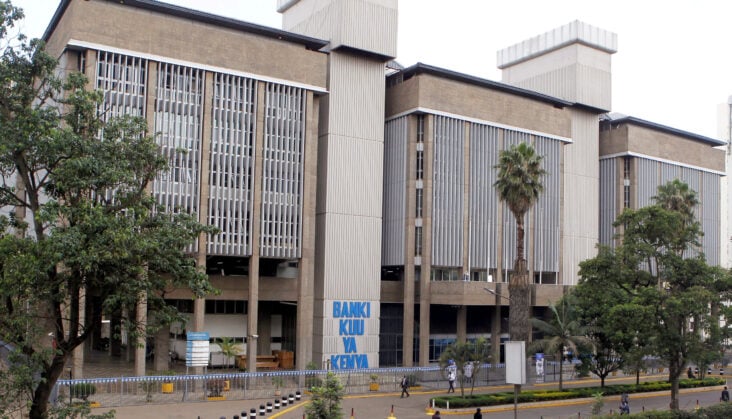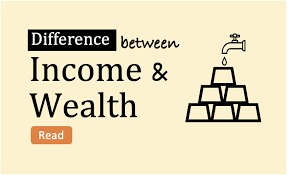The Central Bank of Kenya (CBK) has missed its target for the second time, falling short by 51.0% in the July bond auction as investors demanded higher rates to maximize their real yields.
The government accepted bids totaling KES 9.8 billion out of the KES 14.7 billion submitted, resulting in a 66.5% acceptance rate. The reopened 10-year and 20-year bonds aimed to raise KSh30 billion but were undersubscribed by 48.9%, reflecting investors’ desire to set the price in the current market conditions.
The 20-year bond, first issued in 2008 and last reopened in November 2016 with a 77.0% subscription rate, failed to attract sufficient interest. Similarly, the 10-year bond, FXD1/2024/010, initially auctioned in March 2024 with a subsequent tap sale, was reopened in May 2024 and saw a 60.0% under subscription.
Additionally, weekly Treasury Bills were undersubscribed for the first time in three weeks, with the CBK receiving bids worth KES 21 billion out of the KES 24 billion offered. The government accepted KES 18.7 billion, reflecting an 89.3% acceptance rate.
Investor demand remained focused on the short-term 91-day paper, which received bids worth KES 10.9 billion against the KES 4.0 billion on offer. This preference for short-term papers indicates expectations of higher rates among investors.
Notably, the accepted average yields for all papers now exceed the 16.0% mark, with the 91-day paper increasing by 2.6 basis points from the previous week.
The CBK’s commitment to regulating interest rates, coupled with investors’ high expectations, points to market tension amid the regulator’s cautious approach.
The withdrawal of the Finance Bill 2024 has raised concerns about the government’s fiscal position, prompting investors to hedge against duration risk, adopting a wait-and-see attitude.
In the Supplementary Budget II published by the Exchequer, domestic borrowing amounted to KES 795.0 bn for the FY’2023/2024 financial year, equivalent to 75.6% of the revised estimates of KES 1,052.1 bn. Further, domestic borrowing is expected to remain elevated in FY’2024/25 following the withdrawal of the Finance Bill 2024, where this anticipated extensive government borrowing reflects investors’ appetite for higher rates.


















